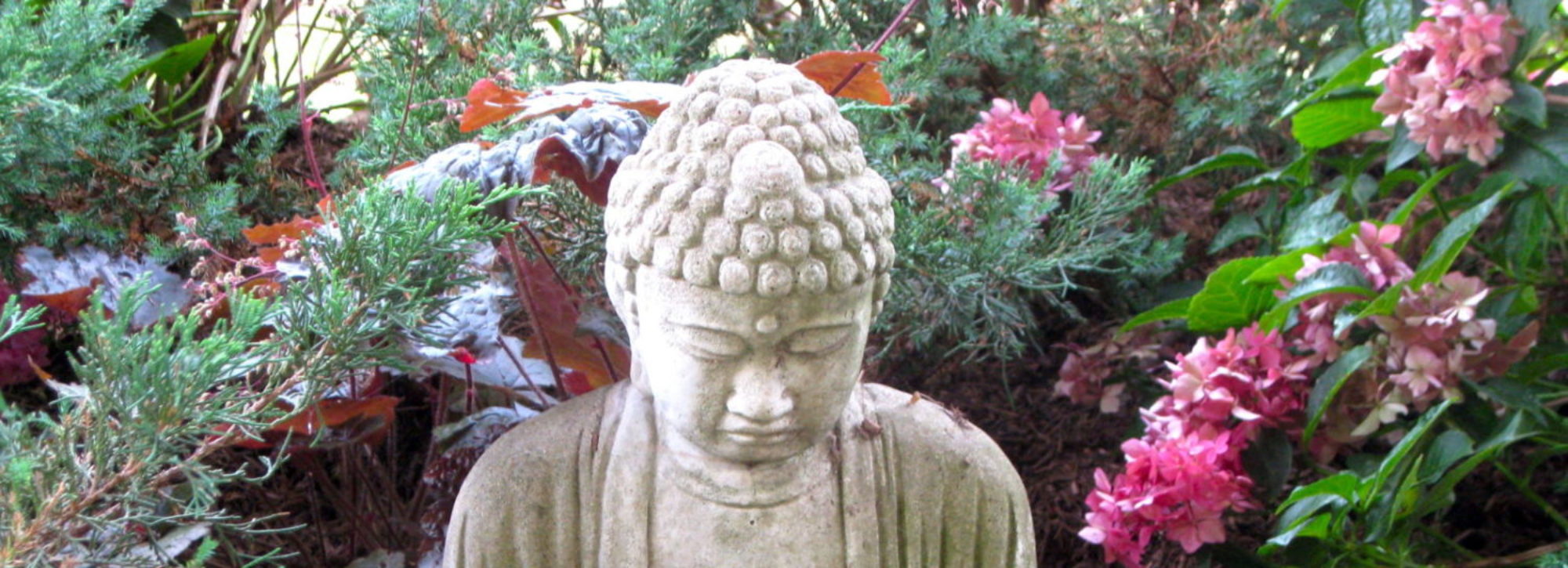 Every moment of our lives is practice: every breath, movement, and gesture. There is no edge, no boundary where our practice life ends and some other non-practice life begins.
Every moment of our lives is practice: every breath, movement, and gesture. There is no edge, no boundary where our practice life ends and some other non-practice life begins.
When we meditate we are practicing, but we are also practicing when we meet and engage another human being, and at the very moment when we decide to either open or close our eyes to what we see around us.
Our practice is to keep our eyes open.
Our practice is to not turn away.
Our practice is to accept reality and to respond to it.
Our practice is to attend to and to take care of every single thing that happens to fall within the little circle of our lives.
What does it mean to not turn away? To be responsive to what we see?
You and I are, after all, only one person. The world is so large. There are so many causes. Our time and energy is so limited.
What exactly does it mean to fulfill the Bodhisattva vow: ”Sentient beings are numberless, I vow to liberate them all?”
It seems so hopeless, so impossible.
There is a great temptation to contract one’s circle of caring; to just take care of one’s kith and kin and tend to one’s own garden.
This is not the Buddhist way.
The Buddhist way is that family, friends, and strangers are one and the same; all are to be responded to wisely and compassionately.
Our Buddha nature is one that is spacious and ceaselessly responsive.
The 8th Century sage Shantideva wrote the following:
”For all those ailing in the world,
Until their every sickness has been healed,
May I myself become for them
The doctor, the nurse, the medicine itself.
Raining down a flood of food and drink,
May I dispel the ills of thirst and famine.
And in ages marked by scarcity and want,
May I appear as drink and sustenance.
For sentient beings, poor and destitute,
May I become a treasure ever plentiful,
And lie before them closely in their reach,
A varied source of all that they may need.
May I be a guard for those who are protectorless,
A guide for those who journey on the road.
For those who wish to go across the water,
May I be a boat, a raft, a bridge.
May I be an isle for those who yearn for landfall,
And a lamp for those who long for light;
For those who need a resting place, a bed;
For all who need a servant, may I be their slave.
Thus for every thing that lives,
As far as the limits of the sky,
May I provide their livelihood and nourishment
Until they pass beyond the bonds of suffering.” [ref] Shantideva (2003). The Way of the Bodhisattva. Boston: Shambhala.[/ref]
How overwhelming this all sounds! What a challenge to our usual way of being! What does this mean to explore this as an ideal? What does it mean to manifest this as a reality?
This is what practice is.
Not just sitting on a cushion.
Not just forming the intention to be kind to all beings.
Practice is putting our intentions to work in the world.
It is wondering what it is to be more open and compassionate.
It is finding ways to manifest that in the world right now.
Practice has 84,000 manifestations:
- Organizing
- Voting
- Donating
- Educating
- Volunteering
- Tending to the sick
- Investing in companies that respect workers and protect the earth
- Reducing your carbon footprint
- Working at a job that is consistent with your values
- Raising children to be tolerant and compassionate
This is the practice of Buddhism.
(A version of this was given as a Dharma talk at Change Your Mind Day 2006 in New Haven, Connecticut.)
